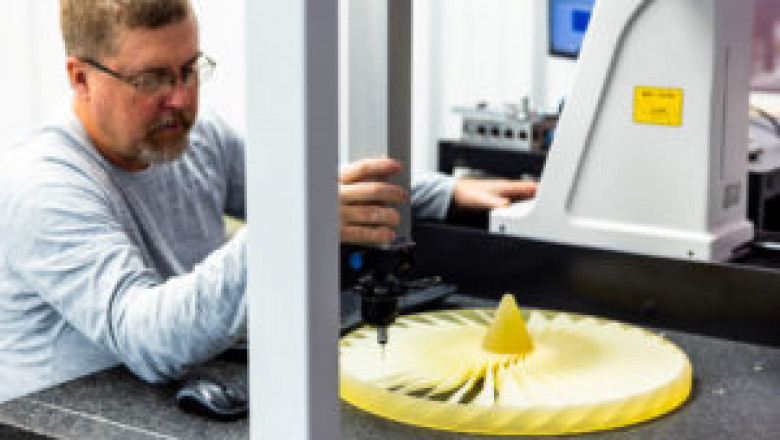views
Benefits of Titanium 3D Printing Services for Aerospace Applications
The aerospace sector is a leader in innovation, continuously looking for advanced materials and production techniques to improve productivity and performance. Titanium 3D printing services have become one of the most important developments, with unique benefits that make them especially useful for designing and making aircraft parts. We will talk about titanium's unique properties, how it can be used in aircraft, and some real-life examples that show how it has changed the business.
Unique Properties of Titanium
1. Exceptional Strength-to-Weight Ratio
One of the standout characteristics of titanium is its extraordinary strength-to-weight ratio. This means that titanium components possess remarkable strength while being significantly lighter than parts made from traditional materials like steel or aluminum.
In aerospace, where reducing weight is critical for enhancing fuel efficiency and overall performance, titanium 3D printing services offer manufacturers the ability to create lightweight structures without compromising strength. This property is particularly advantageous in applications such as aircraft frames, engine components, and landing gear, where every kilogram counts.
2. Corrosion Resistance
Aerospace parts are often exposed to difficult weather conditions like fluctuating temperatures, high and low humidity, and different chemicals. Titanium does well in this part because it doesn't rust. Titanium surfaces form a protected oxide layer that helps keep them from breaking down. This makes it a great choice for parts that will be exposed to the weather. As a result, using titanium 3D printing services can lead to longer-lasting parts, reduced maintenance costs, and enhanced safety in aerospace applications.
3. High-Temperature Stability
In aerospace engineering, parts often come into contact with high temperatures, especially in jet engines. Titanium is very stable at high temperatures so it can keep its mechanical properties even in the hottest conditions. Compared to other metal alloys, titanium stays strong and stable at high temperatures, which makes it a good choice for engine parts, exhaust parts, and thermal barriers. Using titanium 3D printing services makes making complex shapes that can withstand these harsh conditions easier.
Case Studies
1. Airbus and Engine Components
Airbus, a leader in the aerospace industry, has successfully used titanium 3D printing services to make engine parts that make their planes more efficient and perform better.
2. Boeing and the Dreamliner
Boeing was also one of the first companies to use 3D printing on titanium in its production methods, especially for the 787 Dreamliner. Several parts of the plane are made of 3D-printed titanium that helps it lose weight without compromising safety.
Advantages of Titanium 3D Printing Services
1. Design Freedom
One of the most transformative aspects of titanium 3D printing service is the design freedom they offer. Engineers can create intricate, lightweight structures that may not be possible through traditional manufacturing techniques. The ability to optimize designs for weight and performance directly influences aircraft efficiency, leading to fuel savings and reduced emissions.
2. Reduced Lead Times
Titanium 3D printing services accelerate the production timeline for aerospace components. Traditional manufacturing methods often involve lengthy setup times and extensive tooling processes. In contrast, additive manufacturing simplifies the production process, allowing aerospace companies to produce parts quickly and efficiently. This agility is particularly valuable in responding to market demands and evolving regulatory requirements.
3. Cost Efficiency
While titanium may be more expensive than other materials, 3D printing can help balance these costs by making things more efficient. By wasting less material and not having to make as many complicated tools, aerospace companies can save a lot of money over time. Also, titanium parts last longer and don't rust, so they don't need to be replaced as often, which ensures a good one.
As the aerospace industry continues to evolve, the integration of titanium 3D printing services will likely play a crucial role in enhancing performance, durability, and efficiency. Embracing this innovative technology will not only lead to better-performing aircraft but will also contribute to a more sustainable and environmentally friendly future in aviation.






















Comments
0 comment